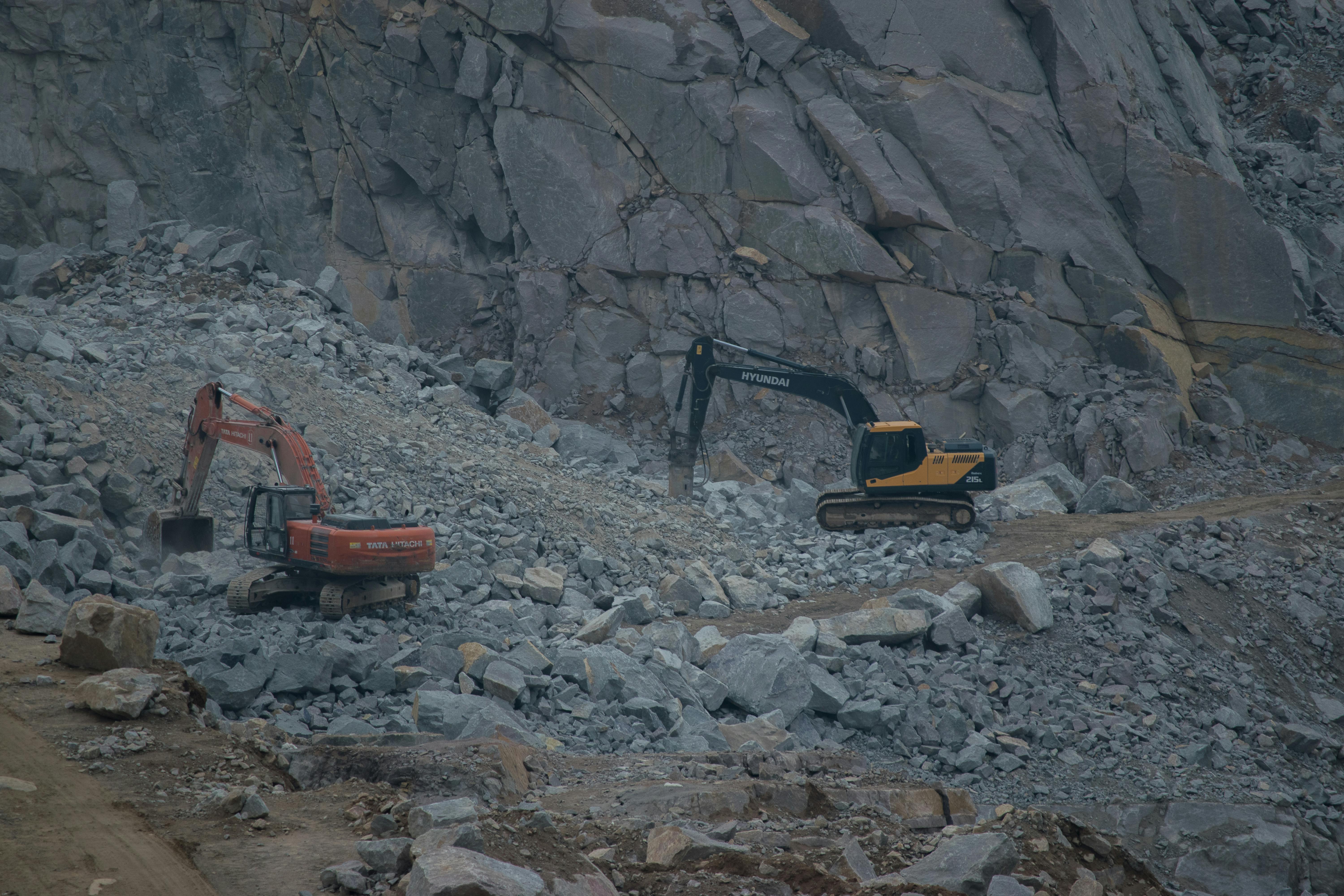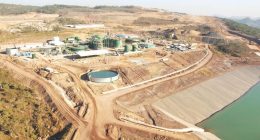Significant regulatory reforms have been made in Nigeria’s mining industry with the goal of enhancing the business climate and drawing in investment. The government has taken action to improve the legislative framework controlling mineral exploration and extraction because it recognises the potential of mining to diversify the economy beyond oil.
This is an overview of the background and significant features of Nigeria’s Environmental Impact Assessment (EIA) Regulations and the Mining and Minerals Act of 2007.

The 2007 Mining and Minerals Act
Prior to the 2007 Framework The Minerals and Mining Act of 1999 governed Nigeria’s mining industry prior to the Mining and Minerals Act of 2007. The inadequacy of this paradigm in tackling problems like illicit mining, environmental degradation, and poor community engagement was criticised. Acknowledging the shortcomings of The Nigerian government aimed to modernise the legal framework due to the outdated laws and the mining industry’s ability to greatly boost economic growth. In order to create a more strong regulatory framework with the goal of luring investment and encouraging sustainable practices, the Mining and Minerals Act was passed in 2007. Licensing and Permits The Act describes the procedures for obtaining exploration and mining permits, among other sorts of licenses. It attempts to expedite the application procedure and cut down on administrative hold-ups.
Environmental Impact Assessments (EIAs)
In Nigeria, the idea of environmental impact assessments gained popularity in the 1990s, but official standards weren’t formed until the EIA Act was passed in 1992. The purpose of this Act was to guarantee that each development project, including mining, had its possible environmental effects taken into account throughout the planning stages. EIA standards were incorporated into the Mining and Minerals Act of 2007 due to the mining industry’s need to safeguard the environment, so securing its place in the regulatory framework. Before any mining project can start operations, an evaluation must be completed in accordance with the EIA Regulations. This entails determining possible effects on the environment and suggesting countermeasures. The rules place a strong emphasis on stakeholders’ and local communities’ participation.
Both the Mining and Minerals Act of 2007 and the Environmental Impact Assessment Regulations play crucial roles in shaping Nigeria’s mining sector. They aim to promote sustainable practices, protect the environment, and ensure the involvement of local communities. While challenges remain in their implementation and enforcement, these frameworks represent significant steps toward a more responsible mining industry in Nigeria, while Nigeria’s regulatory reforms present a promising path forward for the mining sector, sustained efforts are needed to address existing challenges. By creating a conducive environment for investment and promoting sustainable practices, Nigeria can maximize its mining potential and contribute to economic growth.













